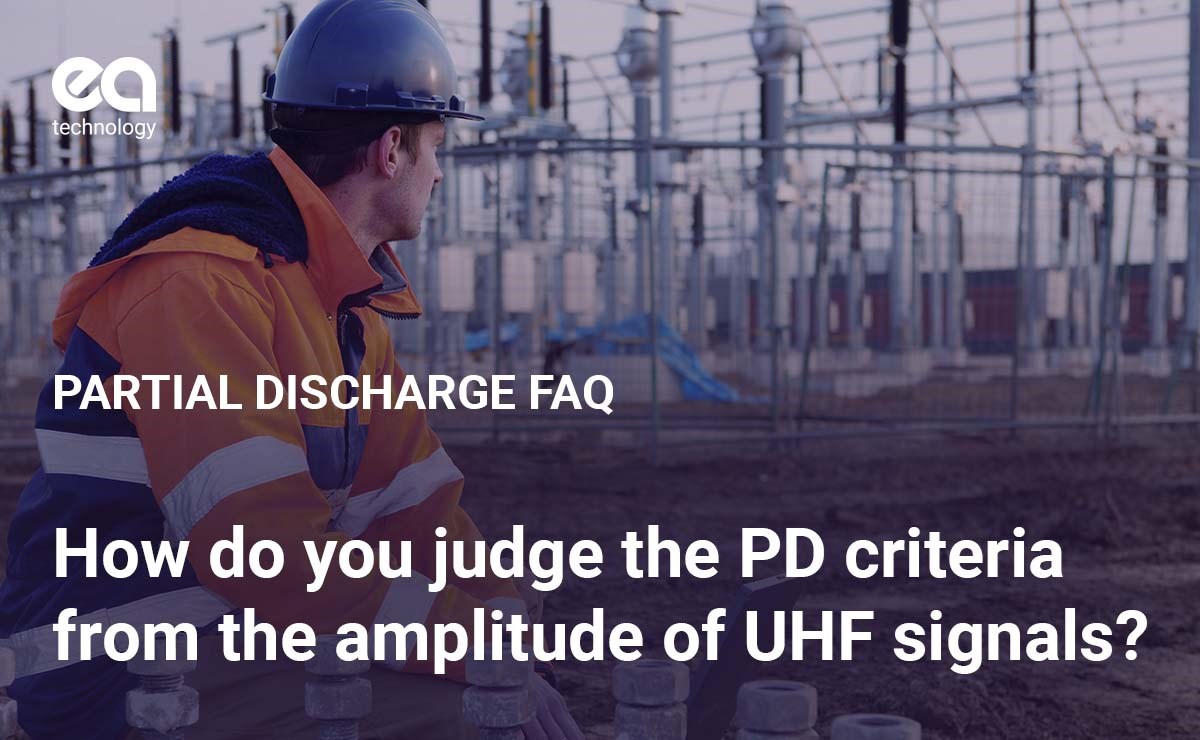Partial Discharge FAQ
-
16 November 2022
-
Brad Monaghan

How do you judge the Partial Discharge (PD) criteria from the amplitude of UHF signals?
Whilst UHF testing for PD activity, the amplitude of the signals is only one piece of the puzzle. There are a few variables involved, all of which can be collected and recorded while testing in the field with a UHF Directional Antenna. They are:
- Gain setting
- Distance from object
- MHz setting of the antenna
- Amplitude in dBm
- Phase resolved partial discharge (PRPD) pattern
With these values and a PRPD pattern, the user can compare readings from one asset to another.
The logic:
High amplitude PD source = Very low gain setting whilst physically testing far away from the object; a high amplitude dBm reading from the UHF Directional Antenna will be detected
Low amplitude PD source = Very high gain setting whilst physically close to the object; a low amplitude dBm reading from the UHF Directional Antenna will be detected
For more information on UHF Directional Antenna, check out the ‘sensors’ tab here.
Have more questions on anything PD?
Our engineers are holding 15 minutes one-to-one Q&A sessions. To book, send in your questions and preferred time via this form.


